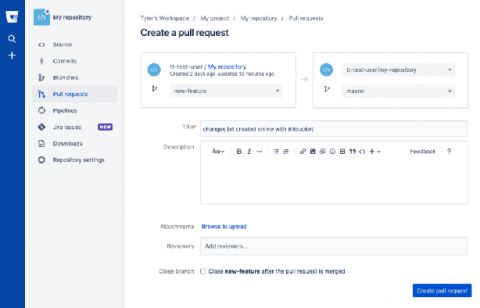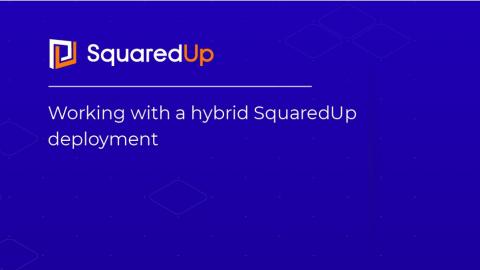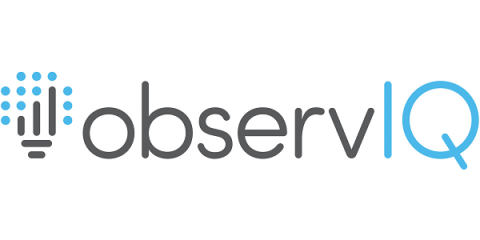Operations | Monitoring | ITSM | DevOps | Cloud
Latest News
Creating Azure VM images with Packer and Puppet Bolt
HashiCorp Packer is a free and open source tool for creating golden images for multiple platforms from a single source configuration. Packer makes it easy to codify VM images for Microsoft Azure. In this blog post we’ll look at how to use HashiCorp Packer and Puppet Bolt to define our VM templates in code.
Working with a hybrid SquaredUp deployment
Many customers we have are hybrid – meaning they have both Azure and on-prem estate, and subsequently both SquaredUp for Azure and SquaredUp for SCOM deployments. In other cases, some customers are using multiple different deployments of a product, for example for multiple SCOM management groups or multiple Azure tenants.
All together now: Fleet-wide monitoring for your Compute Engine VMs
Cloud Monitoring has always provided comprehensive visibility and management into individual Compute Engine virtual machines (VMs). But many Google Cloud customers have hundreds, thousands, or tens of thousands of VMs that they need to manage. Cloud Monitoring now gives you zero-config, out-of-the-box visibility into your entire Compute Engine VM fleet, with quick access to advanced Monitoring features such as installing the Cloud Monitoring agent and configuring fleetwide alerts.
observIQ Launches Powerful New Full Stack Log Management Platform to Beta
4 Cloud Monitoring Capabilities That Really Matter
With nearly every organization moving at least some portion of their infrastructure into the cloud, the value is well understood—we’re not going to re-hash those umpteen benefits here. But when you migrate, you cede some control. That’s by design and it’s not inherently bad. It does, however, mean that you need to keep an eye on those deployments to make sure you’re getting the performance and benefits you expect. And you need to watch it over time as things evolve.
AWS vs Firebase - Is It Even a Fair Fight?
Now that you’ve chosen to go the serverless route, which vendor option should you go for? That’s one of the major questions that anybody asks themselves when they make the switch. Should you choose Amazon Web Services (AWS), which is a mature service that will serve you well, or should you go with e Google’s younger Firebase? Before the comparison of AWS vs Firebase, we should understand what serverless really means. This one server can be responsible for several different functions.
What is Azure Blob Storage?
If you have ever had the need to store large amounts of files and data, then Azure’s Blob Storage is made for you. Microsoft’s Azure Cloud provides huge benefits with not only their fantastic services, locations, availability and support, but also in their almost seemingly infinite capacity. Azure Blob Storage is not only scalable, durable and almost always available it also provides flexibility to scale as your business requirements need.
Azure Spot VMs - How to enjoy their massive cost savings without suffering any interruptions
If you are running compute workloads in Azure and wondering how you can dramatically reduce costs and minimize infrastructure management all without affecting availability and performance, keep on reading. Back in May Azure introduced a new pricing model, called Azure Spot VMs, providing up to 90% cost savings in comparison to the pay-as-you-go pricing.
Run .NET Applications in Azure Spring Cloud Using Steeltoe-Now in Public Preview
Fresh off the exciting announcement of Azure Spring Cloud’s general availability at SpringOne, today we are happy to announce the public preview of Steeltoe .NET support. Azure Spring Cloud is a fully managed service for Spring Boot—and now Steeltoe .NET—apps. As a native Azure service, it is operated by Microsoft. But VMware has partnered closely with Microsoft in the development of the service and fully supports Microsoft in its operation of Azure Spring Cloud.











